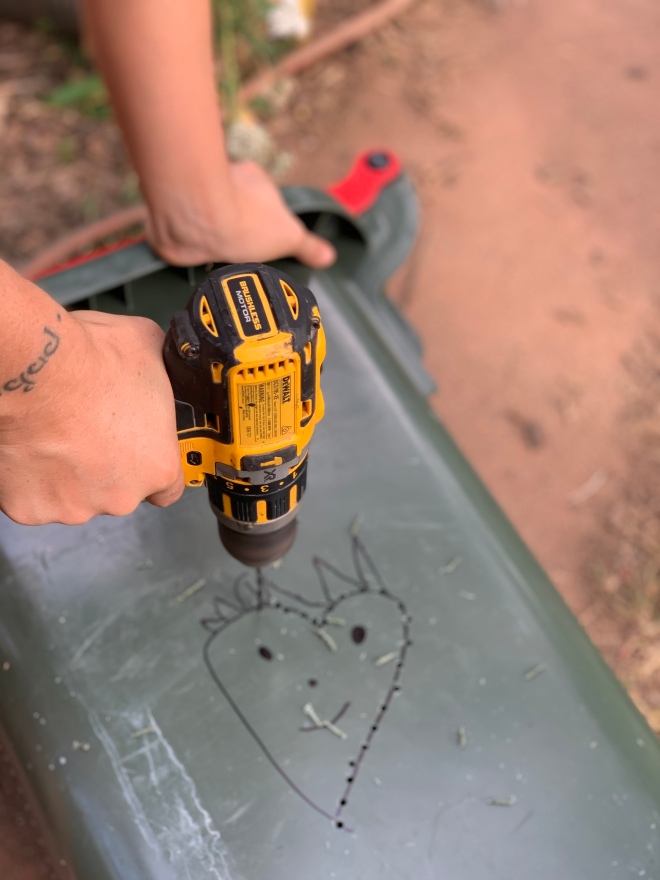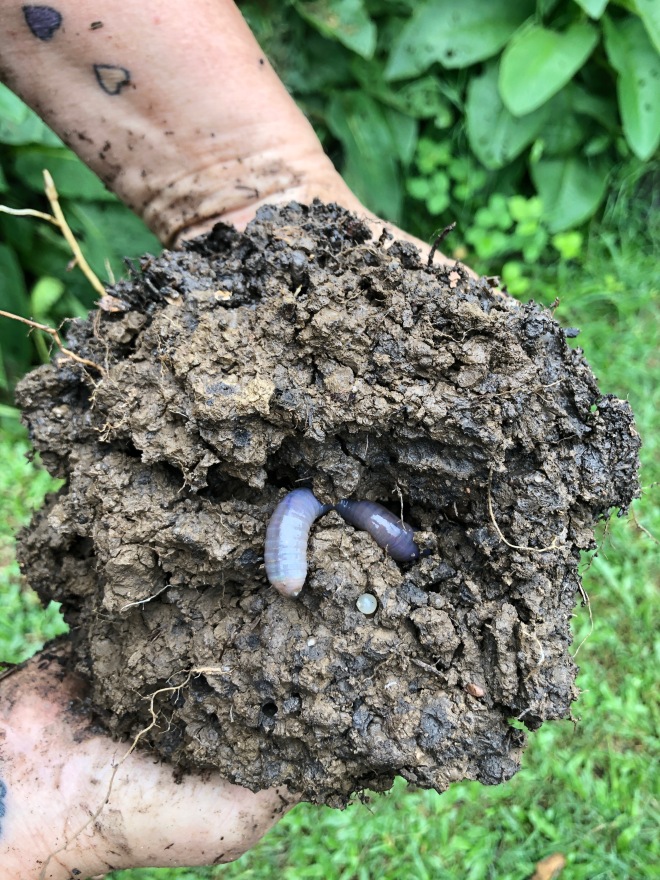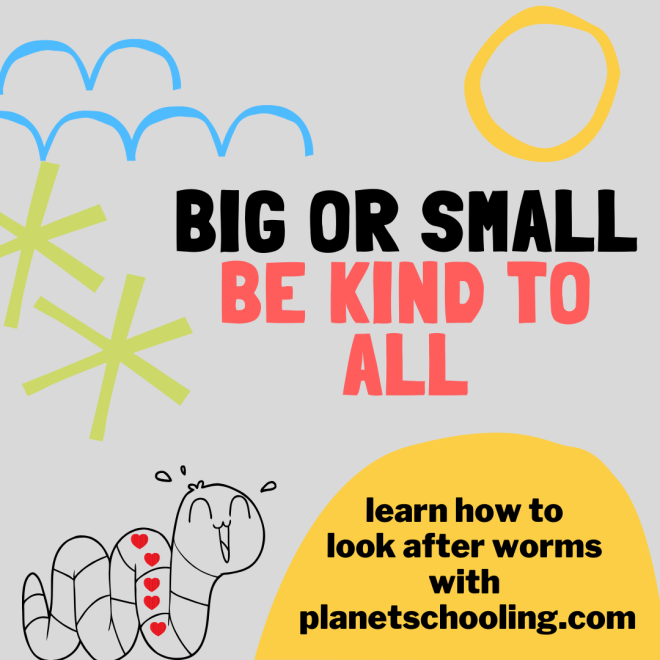We were lucky enough to find an old rolling rubbish bin and decided to repurpose it into another worm farm. Trash bins are a great way to collect worm juice and castings in a vertical space. The bins can readily be found in tip and junk shops. When choosing a bin make sure that the lid is easy to open and close also that the bin did not hold anything toxic to nature.
Benefits
You can never have enough worm castings and juice. Our backyard farm is ever expanding and we are constantly using worm castings and juice on the soil and as a foliar spray. Our worm farms are turning out to be a great homeschooling resource as well.
DIY conversion
- Worms need oxygen so you will need to make air holes or a vent. You can buy a vent but we opted for the cheaper option. We simply drilled holes straight into the bin and the lid. Ravi created some patterns, so we used this as our guide.

Drilling air holes into the side of the bin. 
Ravi adding the finishing touches to the bin. 2. Next step was to make a porthole at the back. The porthole aids in removing the worm castings. We repurposed a metal tray that belonged to dish rack. The tray was riveted onto the plastic. Then hinges and latches were lined up and riveted on. A hole was then cut with a jigsaw smaller that the pothole.
 3. Next is to connect a plastic tap which is needed for draining the worm juice. Drill a small hole into the front panel of the rubbish bin. Place a washer on the tap and put it in place. Fill the base with non-toxic wood or pebbles. We used both.
3. Next is to connect a plastic tap which is needed for draining the worm juice. Drill a small hole into the front panel of the rubbish bin. Place a washer on the tap and put it in place. Fill the base with non-toxic wood or pebbles. We used both.
Place shade cloth on top of the stones. This protects the worms from falling in between the stones and juice. You can also use hessian (in time the worms will consume the hessian 😉
- Position the worm farm in its permanent place. You may need to place it onto a platform so you have easier access to the tap. We used a concrete block that was found on the property. Once it’s positioned, add the bedding. We used our standard mix of soaked cardboard (without much print) with well matured mulch (or if we can find horse manure even better).
 One week later
One week later
The worms are loving their new home. They are processing the food scraps at a fast pace. We had a sneak preview of the worm castings and things are looking fine. In a month or so the bedding will be eaten and we will need to keep feeding them from the top. We will keep you posted on how easy it is to remove the worm castings.
If you are interested in more articles, subscribe here or share the article ❤




















